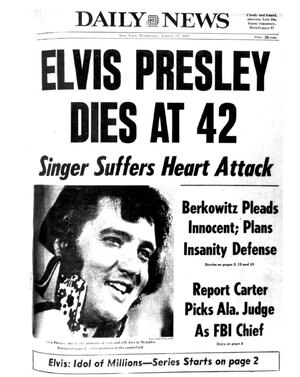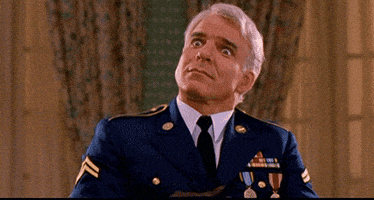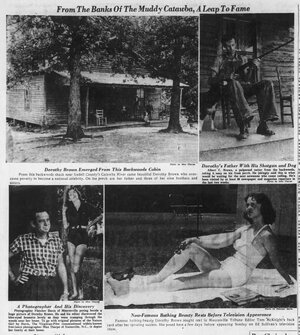
For a while it has seemed that everywhere I turned I ran into
#BlackMountainCollege. I know that has a lot to do with WHERE I looked and what I was LOOKING FOR when I went there but just the same I’m consistently amazed by the nature of that place to BE nigh everywhere. Consider chairs - really - not the four legs on the ground type but rather the C-shaped cantilever, light and curvy kind. They’re all over and they are a German
#Bauhaus idea - But Bauhaus and Black Mountain College are intimately intertwined…fleeing 1930s European Fascism some of those German thinkers and designers migrated to Black Mountain College to teach, the USA then being a refuge from such ideologies. Other artists did too and many of the shapes and colors of Bauhaus refugees Anni and Josef Albers were worked out in these mountains of
#WNC.
The Polymath and Visionary Thinker Buckminster Fuller pulled together his Geodesic Dome at
#BMC during his summer teaching time in 1948 and 1949 and Willem de Kooning and Jacob Lawrence developed painting styles and techniques there. Poets wrote new kinds of poems at Black Mountain:
I Know A Man
As I sd to my
friend, because I am
always talking,—John, I
sd, which was not his
name, the darkness sur-
rounds us, what
can we do against
it, or else, shall we &
why not, buy a goddamn big car,
drive, he sd, for
christ’s sake, look
out where yr going. ~ Robert Creeley
******************************************
I am encouraged that this incredible place happened here in The Tar Heel State. I’m a homeboy about things like that but it shows me that looking forward or to the skies or even backward with insight can happen - right here. Last spring I took advantage of a tour of the Lake Eden campus and was treated to insights and open doors (in particular the Studies Building which I had never been lucky enough to find unlocked and again, my mind raced with the imaginings of brainstormings of time gone by.
Of late in the paltry time available to research and write academically I have I have been tracing the visits of two Muralists that came to BMC from Mexico in the 1940s. Carlos Merida was born in Guatemala but journeyed to Mexico to study with and learn from Diego Rivera. He worked at BMC during the Summer Institute of 1940. Likewise Jean Charlot, though not born in Mexico but rather connected to the country by family, also studied at Black Mountain. Like Merida, Charlot was also a student of Rivera and spent a summer, 1944, at Black Mountain. Charlot left a mural beneath the Studies Building on the Lake Eden campus after his stay there which languished for decades until a recent restoration — a wonderful thing by any estimate. See here:
Jean Charlot Fresco Conservation - Black Mountain College Museum + Arts Center
These artists exemplify the global reach of Black Mountain. The international and cosmopolitan nature of the work that went on there from 1933 to 1956 is close to unbelievable and remarkably, the reverberations continue to resonate around the world. These days the Black Mountain College Museum and Art Center in downtown Asheville and a network of scholars and artists keep that creative flame lit in myriad ways.
#OTD (August 19) in 1933 Black Mountain College was founded in Buncombe County. Non-Traditional, the aim was a Progressive Education curriculum with The Arts fully integrated. Never accredited and always money-strapped, it nevertheless flourished for 23 years. @bmcmuseum
Associated with BMC were the likes of “Buckminster Fuller and Walter Gropius; artists Josef Albers, Willem DeKooning Robert Motherwell and Robert Rauschenberg; dancers Merce Cunningham and Paul Taylor; musician John Cage; filmmaker Arthur Penn; and writers Eric Bentley, Robert Creeley, Paul Goodman, Alfred Kazin, Charles Olson, Joel Oppenheimer and Jonathan Williams.”
https://www.dncr.nc.gov/blog/2016/08/19/black-mountain-college-experimental-school?fbclid=IwZXh0bgNhZW0CMTAAYnJpZBExVVFHb3pFWlRmNVVXZ0pmcwEeY4Uv4ShW4yy6r_SZwBOqWtpHulZg3SqooQj7apeglNm1bk2wn601ubl5ogU_aem_qDJxl5LK9FFS2GVf6Rx37g






